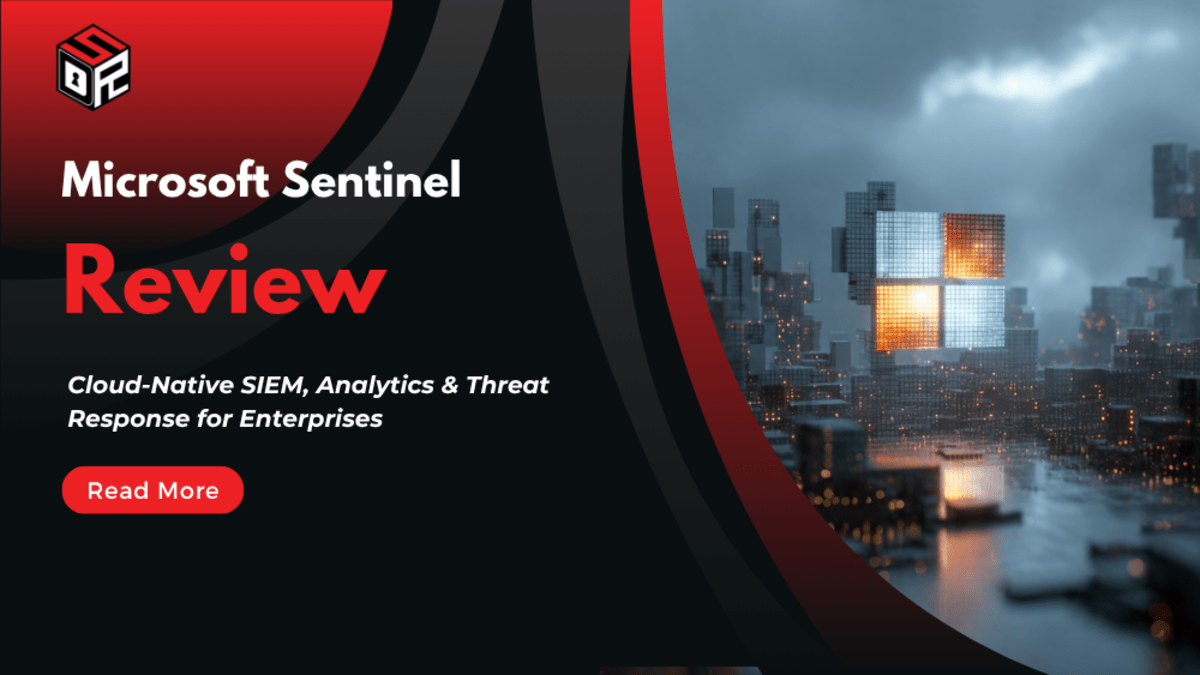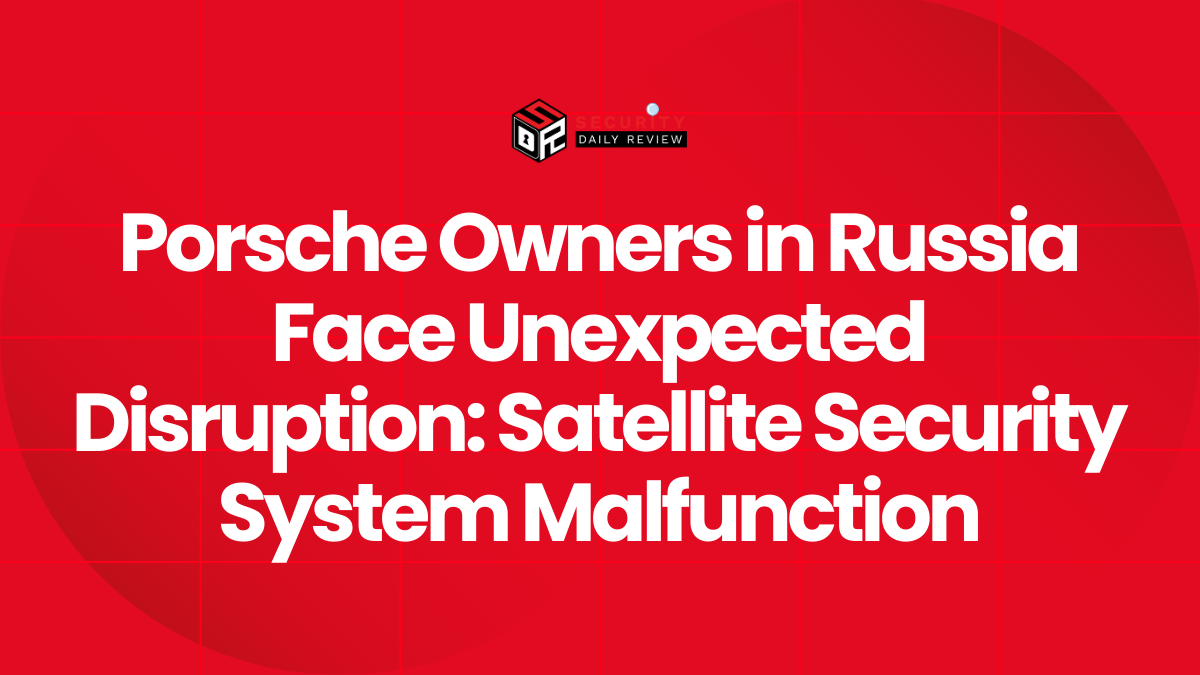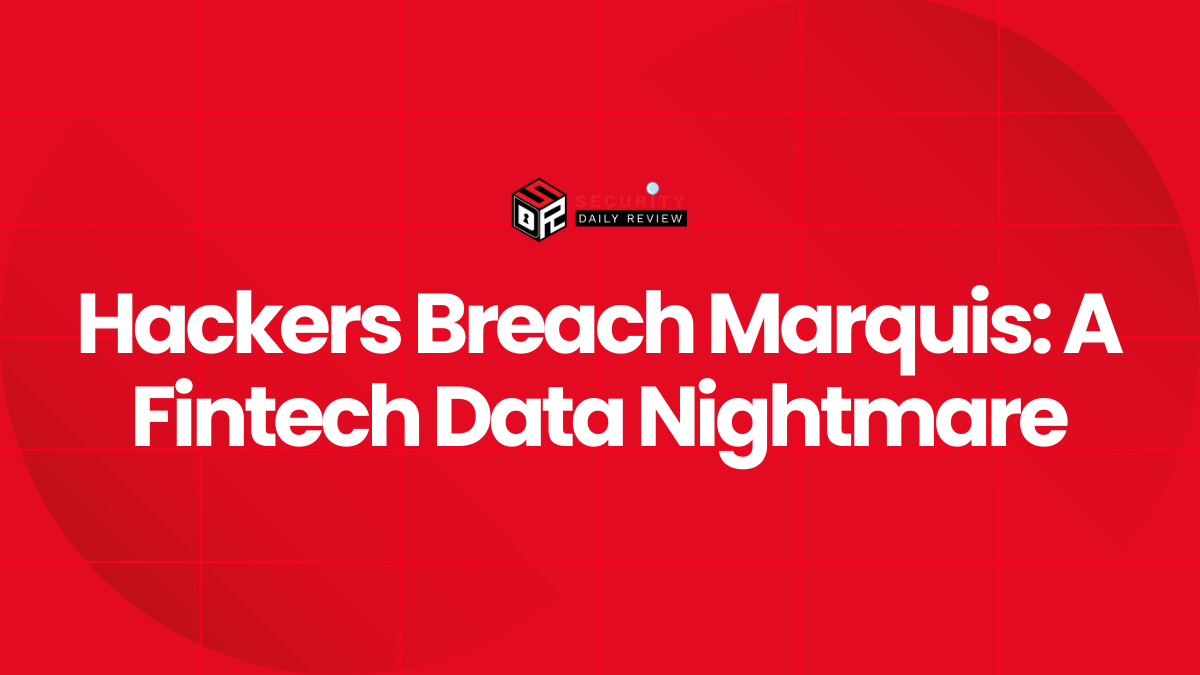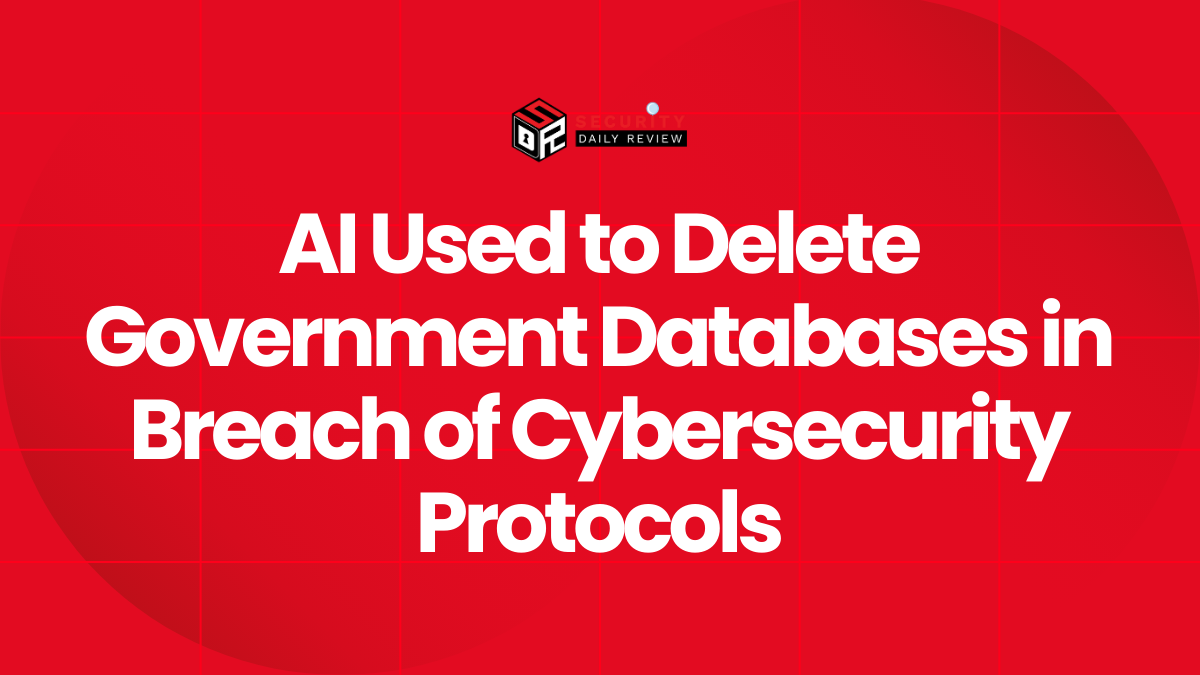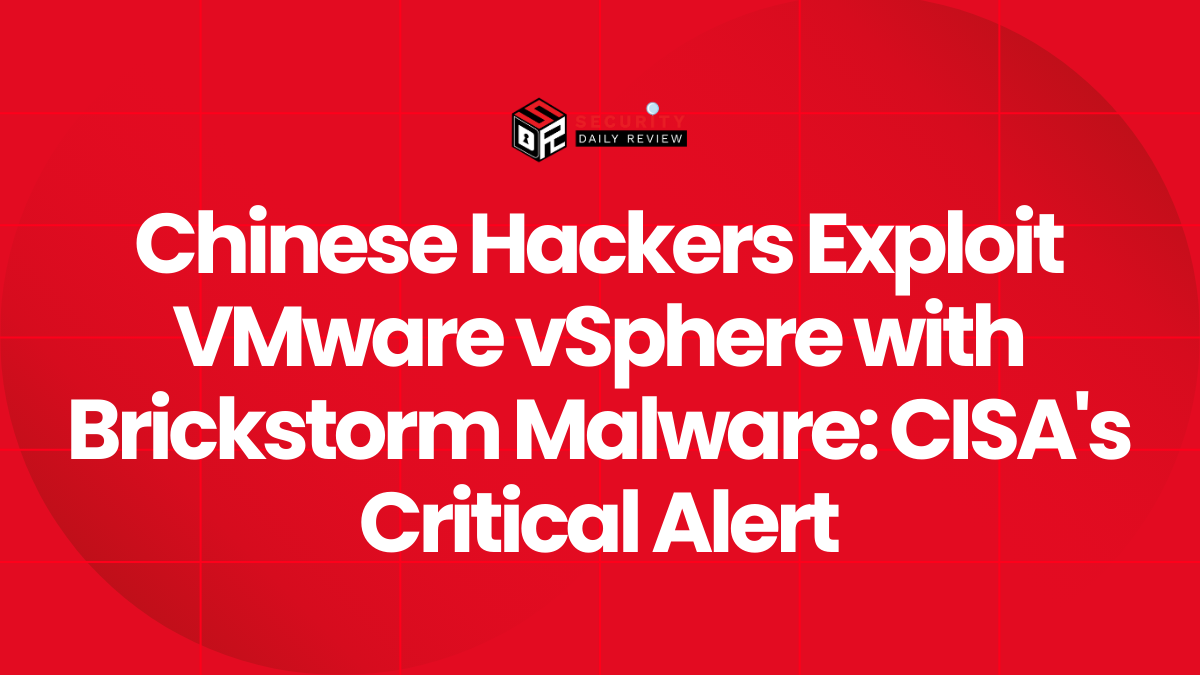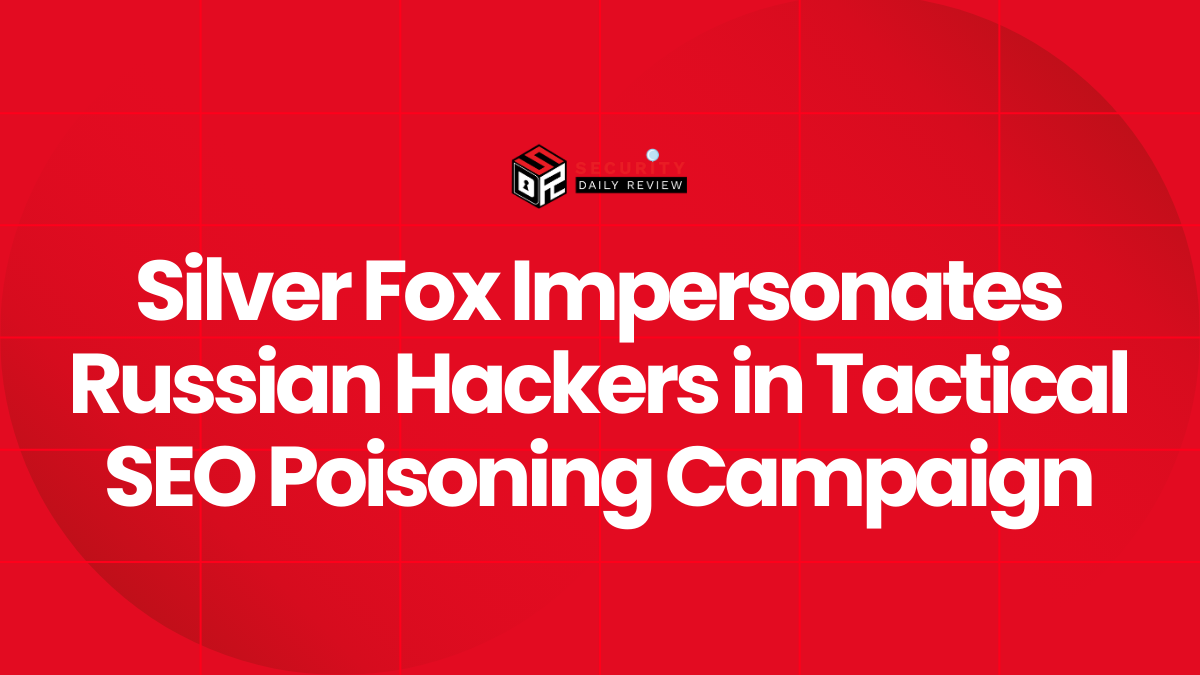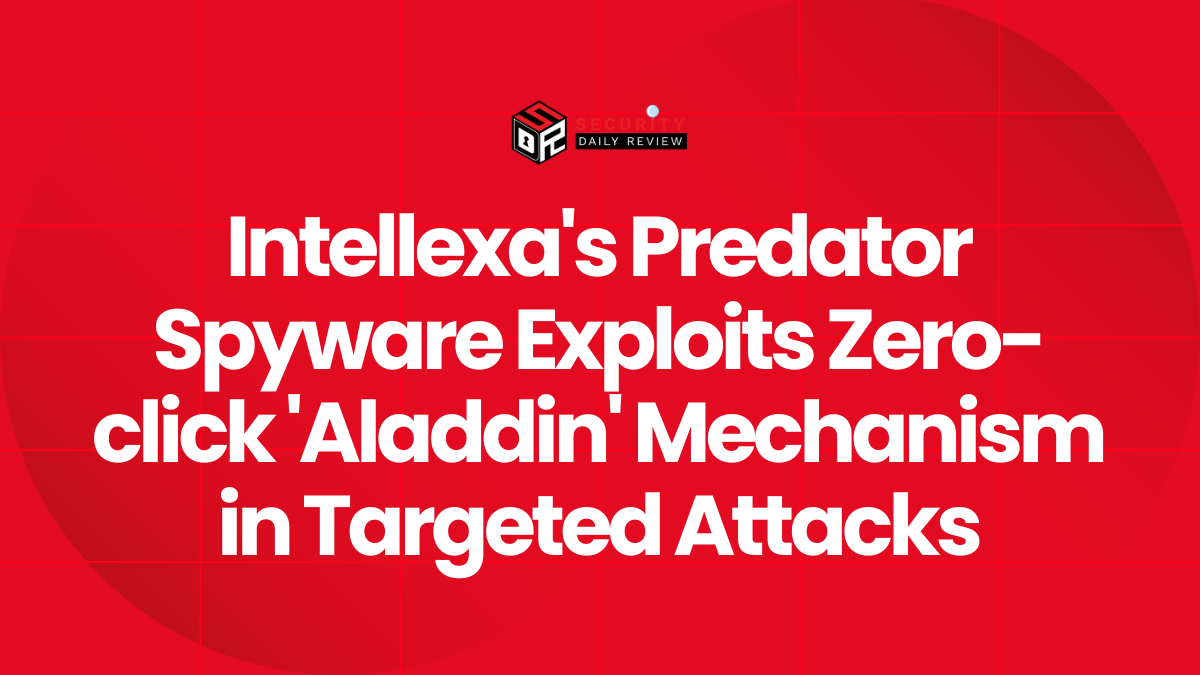Microsoft Sentinel is a robust, scalable threat detection and response platform ideal for enterprises, particularly those already invested in Azure and Microsoft ecosystems. It offers excellent integration, a wide set of native connectors, advanced analytics, and strong tie-ins to compliance and response automation. Its ingestion-based pricing and complexity of managing large volumes of logs are potential drawbacks, but overall it is one of the best options for comprehensive visibility.
What is Microsoft Sentinel
Microsoft Sentinel is a cloud-native Security Information and Event Management (SIEM) platform that provides threat detection, analytics, threat hunting, incident investigation and response. It aggregates data from multiple sources (cloud, on-premises, SaaS, identity, endpoints), applies built-in analytics, behavior modeling, and supports automated workflows via playbooks and automation rules to respond to threats. It enables scalability and uses Microsoft’s threat intelligence to enrich detections. Microsoft Azure+2DigitalXRAID+2
Who Should Use Microsoft Sentinel
Microsoft Sentinel suits organisations that:
- Operate in hybrid or multi-cloud environments, or use many Microsoft services.
- Need scalable, high-volume log ingestion and long-term retention for incidents, forensics, and compliance.
- Want built-in analytics, behavior analytics, and threat hunting capabilities.
- Have teams capable of tuning analytics rules and managing automated playbooks.
Small organisations on tight budgets may struggle with costs associated with large ingest volumes, long log retention, or complex configurations.
Microsoft Sentinel Key Features and Capabilities
Data Collection and Integration
Sentinel supports ingestion of logs from cloud platforms (Azure, AWS, GCP), on-premises systems, identity systems, endpoints, SaaS applications, firewalls, etc. It offers over 350 native connectors and supports watchlists and custom log ingestion. TechRadar+2infosectrain.com+2
Threat Detection and Analytics
It uses analytics rules, behavior analytics, anomaly detection, and machine learning models to identify suspicious activity. Also includes user and entity behavior analytics (UEBA) to detect compromised accounts, insider threats, or unusual patterns. Microsoft Learn+3Exabeam+3TechRadar+3
AI-Powered Investigation and Threat Hunting
Sentinel provides AI-aided investigation tools that automatically build incident timelines, correlate logs and alerts, visualize attack paths, and enable proactive threat hunting via built-in queries and workbooks. Microsoft Azure+2DigitalXRAID+2
Playbooks & Response Automation
Threat responses can be automated using playbooks and logic apps. Sentinel allows the creation of automated workflows triggered by alerts or incidents to contain threats (e.g. isolate machines, disable accounts), and to streamline response. infosectrain.com+2Microsoft Azure+2
Compliance, Reporting & Retention
Microsoft Sentinel supports long-term log retention (up to 12 years for some types), prebuilt compliance workbooks, visual dashboards to track incidents, MITRE ATT&CK mapping to evaluate coverage, and integrated threat intelligence. Microsoft Azure+2TechRadar+2
Security and Compliance Advantages
Sentinel helps satisfy regulatory requirements for monitoring, incident response, and forensic readiness. Behavior analytics and anomaly detection reduce the risk of insider threats. The ability to retain raw logs long term and reconstruct attack timelines helps with compliance, legal discovery, and internal investigations.
Pros and Cons of Microsoft Sentinel
Pros:
- Extremely broad connector and data source support
- Deep integration with Microsoft ecosystem and threat intelligence
- Strong analytics and behavior models for detecting complex threats
- Built-in automation tools (playbooks, Logic Apps) reduce manual overhead
- Flexible retention and compliance capabilities
Cons:
- Pricing is largely tied to data ingestion volume and retention, which can get expensive at scale
- Requires skill to tune analytics rules and avoid excessive false positives or alert fatigue
- Managing large volumes of logs/data can incur overhead in storage, query performance, and cost
What is the Pricing of Microsoft Sentinel
Microsoft Sentinel pricing is usage-based. You pay for data ingestion into Log Analytics workspaces, retention beyond free tiers/days, and any additional features or connectors. There are commitment tiers, pay-as-you-go options, and ways to reduce cost by using lower fidelity log types or auxiliary logs. TechRadar+3Microsoft Azure+3Microsoft Learn+3
What to Consider for Microsoft Sentinel Deployment
Ensure you have good log sources available and connected (cloud, endpoint, identity). Plan for long-term retention needs. Set up behavior analytics and user/entity baselines early. Define playbooks for response, automate where possible. Invest in tuning alerts and reducing noise. Governance and roles need to be clear.
Final Recommendation
Microsoft Sentinel is very strong for enterprise defenders and CISOs, particularly those with hybrid/multi-cloud usage or who are already in the Microsoft stack. It’s especially effective for organisations that demand visibility, compliance, and automated response. For those with budget constraints or less telemetry, careful planning around data ingestion and retention will be essential.
Frequently Asked Questions About Microsoft Sentinel
What is the impact of data ingestion on cost?
The more data you send to Microsoft Sentinel, especially high-fidelity logs or analytics logs, the greater the cost. Using lower fidelity or auxiliary logs, ingesting only required data, or filtering unnecessary logs helps control costs.
How does Microsoft Sentinel handle false positives?
Through behavior analytics, anomaly detection, alert correlation, and tuning of analytics rules. The use of threat intelligence feeds, UEBA, and filtering helps reduce noise.
Is Sentinel useful for smaller teams?
Yes, but smaller teams should start small, use built-in connectors, limit log ingestion volume, and ramp up retention or features as necessary.

